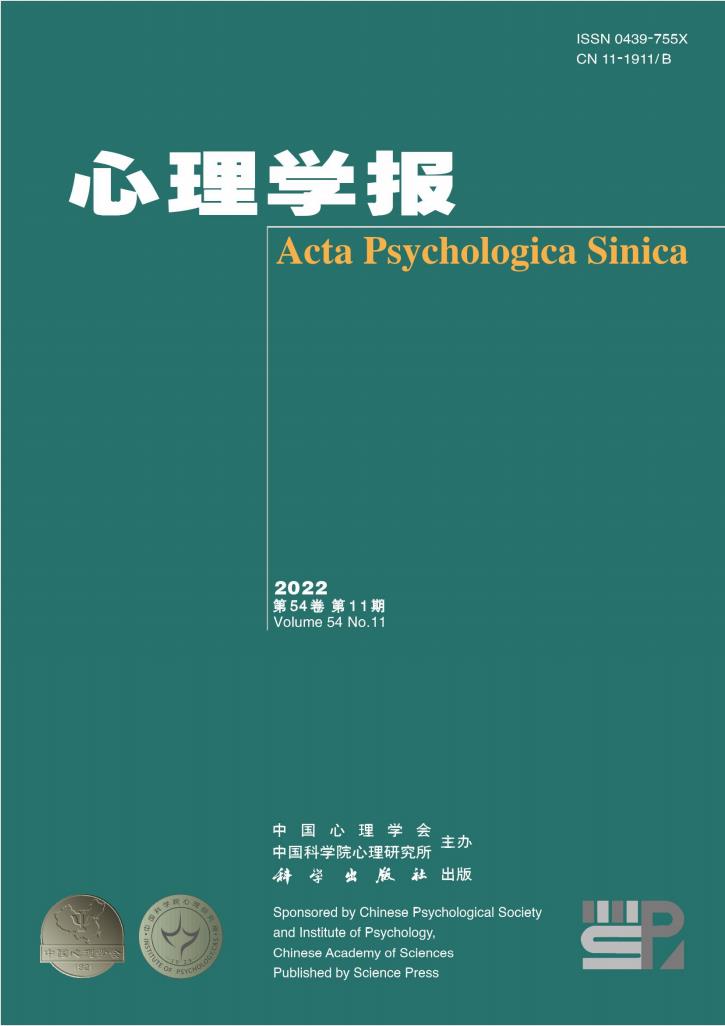Psychological structure of social mindfulness in Chinese culture
IF 1.3
4区 心理学
Q3 PSYCHOLOGY, MULTIDISCIPLINARY
引用次数: 2
Abstract
Social mindfulness refers to the ability of an individual to sense others ’ states during interpersonal interactions, his or her willingness to respect others ’ choices, and his or her ability to transfer rights. Exploring the psychological structure of social mindfulness against the background of Chinese culture is important for cultivating a friendly and harmonious society. This study explored the psychological structure of social mindfulness with a lexical method. In Study 1, 59 high- and 24 low-social mindfulness words were selected by word fre q uency analysis and multiple rounds of discussions. After being evaluated by 43 professionals and 232 nonprofessionals, 40 social mindfulness words were selected. In Study 2, exploratory factor analysis (E F A) with Sample 1 (n = 351) and confirmatory factor analysis (C F A) with Sample 2 (n = 307) were conducted to obtain a three-factor structure for social mindfulness; these structures include kindness and respect, tolerance and understanding, and optimism and open-mindedness. Additionally, a social mindfulness lexical rating scale (SML R S) with 18 words was formed. In Study 3, we used the same method as in Study 2 to explore the structure of social mindfulness (E F A: Sample 1, n = 377; C F A: Sample 2, n = 220) through scenario descriptions. Then, a new 17-item social mindfulness self-report scale (SMS R S) and a model with two second-order factors and four first-order factors for the internali z ation of social mindfulness were中国文化中社会正念的心理结构
社会正念是指个人在人际交往中感知他人状态的能力,他或她尊重他人选择的意愿,以及他或她转移权利的能力。在中国文化背景下探索社会正念的心理结构,对于构建一个友好和谐的社会具有重要意义。本研究采用词汇方法探讨社会正念的心理结构。在研究1中,通过词频分析和多轮讨论,选择了59个高社会正念词和24个低社会正念单词。经过43名专业人士和232名非专业人士的评估,选出40个社会正念词。在研究2中,对样本1(n=351)进行了探索性因素分析(E F A),对样本2(n=307)进行了验证性因素分析,以获得社会正念的三因素结构;这些结构包括善良与尊重、宽容与理解、乐观与开放。此外,还编制了一份包含18个单词的社会正念词汇评定量表。在研究3中,我们使用了与研究2相同的方法,通过情景描述来探索社会正念的结构(E F A:样本1,n=377;C F A:样品2,n=220)。然后,建立了一个新的17项社会正念自我报告量表(SMS RS)和一个包含两个二阶因素和四个一阶因素的社会正念内化模型
本文章由计算机程序翻译,如有差异,请以英文原文为准。
求助全文
约1分钟内获得全文
求助全文
来源期刊

心理学报
Psychology-Psychology (all)
CiteScore
1.70
自引率
13.30%
发文量
1612
期刊介绍:
Acta Psychologica Sinica (ISSN 0439-755X) is a scholarly journal sponsored by the Chinese Psychological Society and the Institute of Psychology, Chinese Academy of Sciences, and published monthly by the Science Press.
Acta Psychologica Sinica has been included in many important national and international indexing systems such as SCOPUS (Elsevier), ESCI (Web of Science), PsycINFO (APA), CSCD. It is the flagship journal of the Chinese Psychological Society that publishes peer-reviewed original empirical studies and theoretical articles spanning the entire spectrum of scientific psychology.
Acta Psychologica Sinica publishes high-quality research that investigates the fundamental mechanisms of mind and behavior and aims to deliver scientific knowledge to enhance our understanding of culture and society. It welcomes submissions of manuscripts reporting research that is up-to-date, scientifically excellent, and of broad interest and significance.
 求助内容:
求助内容: 应助结果提醒方式:
应助结果提醒方式:


